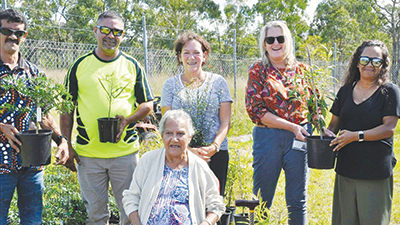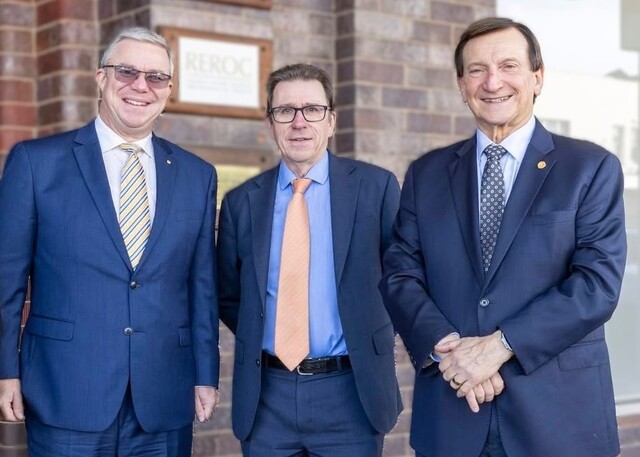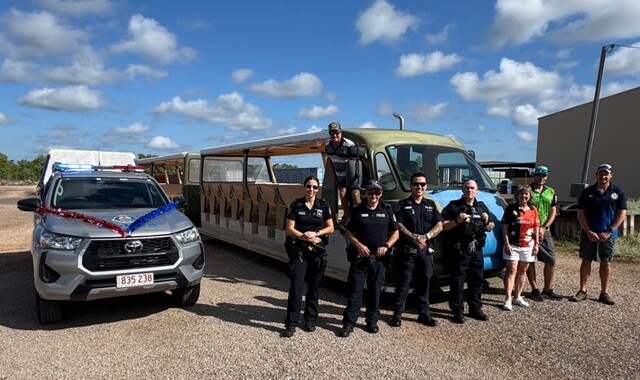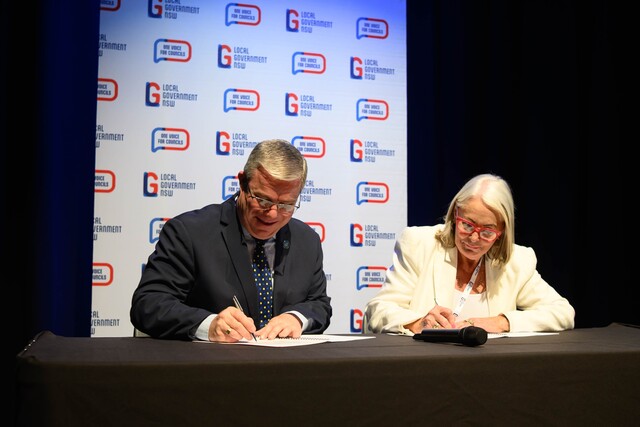One hundred native and bush tucker plants were delivered to remote Aboriginal communities in Clarence Valley Council, New South Wales, to foster reconciliation and assist with bushfire recovery.
Council’s Acting General Manager Laura Black, who delivered the plants assisted by Recovery & Resilience Planning Coordinator Narelle Wilson, said, “The Elders spoke of their connection to the plants through their stories; telling us about their relationship with significant plants such as the Bunya Nut, what it means to culture and Country.
“Building disaster resilience is part of Clarence Valley Council’s commitment to these remote communities and part of the recovery process after the losses imposed by the bushfires.”
Funded through Bushfire Recovery, the trees will enrich the community in many ways; by providing food, shade, and shelter for the community, while also creating wildlife habitat and reducing soil degradation.
Reconciliation Week was a further reminder of the importance of working together with First Nations People to make positive change happen.
“As a nation, we have been working towards reconciliation for almost three decades. This year the reconciliation movement is asking for action.
“We recognise the important role we must play in reconciliation, ensuring that positive changes continue to be made to improve the lives of our First Nations Peoples.”
“This is not just about improving the services that are available to the remote communities, but also about our willingness to work together with these communities to help them achieve their own goals.
“It is a privilege for us to support this community-led revegetation project, where the community members are the decision-makers.”
Council has prioritised building disaster resilience capabilities in the communities and both Baryulgil and Malabugilmah now have a Neighbourhood Safer Place, a refuge in the event of a disaster.
Road and infrastructure improvements are underway, and disaster preparedness knowledge and resources are available in these communities.








